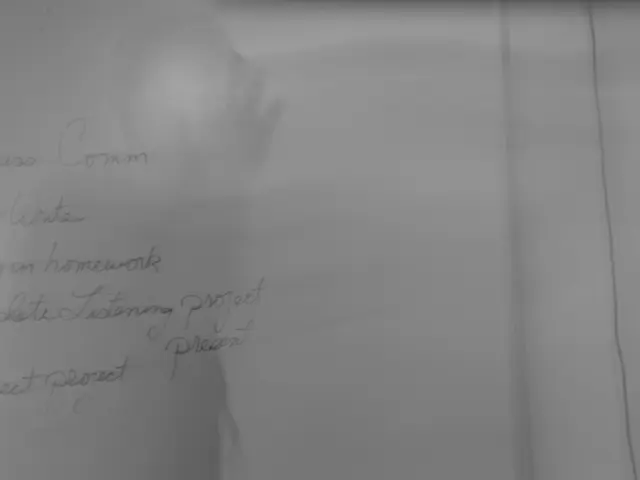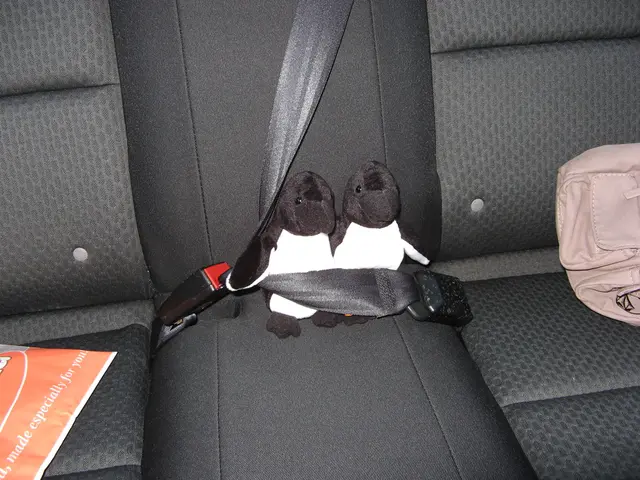EU Explores Using Frozen Russian Assets to Fund Ukraine's Rebuilding
The European Union is exploring ways to utilise frozen Russian assets to fund Ukraine's rebuilding efforts. The Kyiv School of Economics reports that the euro's share in global reserves has stayed steady at 20% since Russia's full-scale invasion began.
The European Commission has proposed using around €194 billion of Russia's overseas assets, currently frozen in Euroclear, to create a €140 billion loan for Ukraine. Repayment would be contingent on Russia paying reparations post-war. Meanwhile, the US has passed the REPO act, enabling it to seize Russian assets for Ukraine's rebuilding, but President Trump plans to reduce US funding for Ukraine's defense.
The estimated cost of rebuilding Ukraine is $524 billion, putting pressure on the EU to utilise the frozen assets more effectively. An informal EU summit in Copenhagen is expected to provide guidance on whether EU countries are ready to work on using these assets to finance Ukraine. However, EU member states, including Belgium, have been reluctant due to concerns about sovereign immunity and the euro's credibility. A 'coalition of the willing' could create the loan mechanism to sidestep potential vetoes by countries like Hungary. In October 2024, G7 countries agreed on a €45bn loan to Ukraine, to be repaid by future profits generated by the frozen assets. The US and G7 countries initially froze around $300 billion of Russian assets in various holdings after Russia's invasion in February 2022.
The EU is considering using frozen Russian assets to fund Ukraine's rebuilding, with the European Commission proposing a €140 billion loan. The upcoming EU summit in Copenhagen may provide guidance on this matter. However, the final decision and implementation may face challenges due to member states' concerns and potential vetoes.
Read also:
- Aquatech purchases Koch's Direct Lithium Extraction business, merging Li-ProTM DLE technology into the PEARLTM Technology Platform.
- Li Auto faces scrutiny after crash test involving i8 model and a truck manufacturer sparks controversy
- Emerging Investment Trends in China's Ethical Finance Sector for 2025
- Construction and renovation projects in Cham county granted €24.8 million focus on energy efficiency







